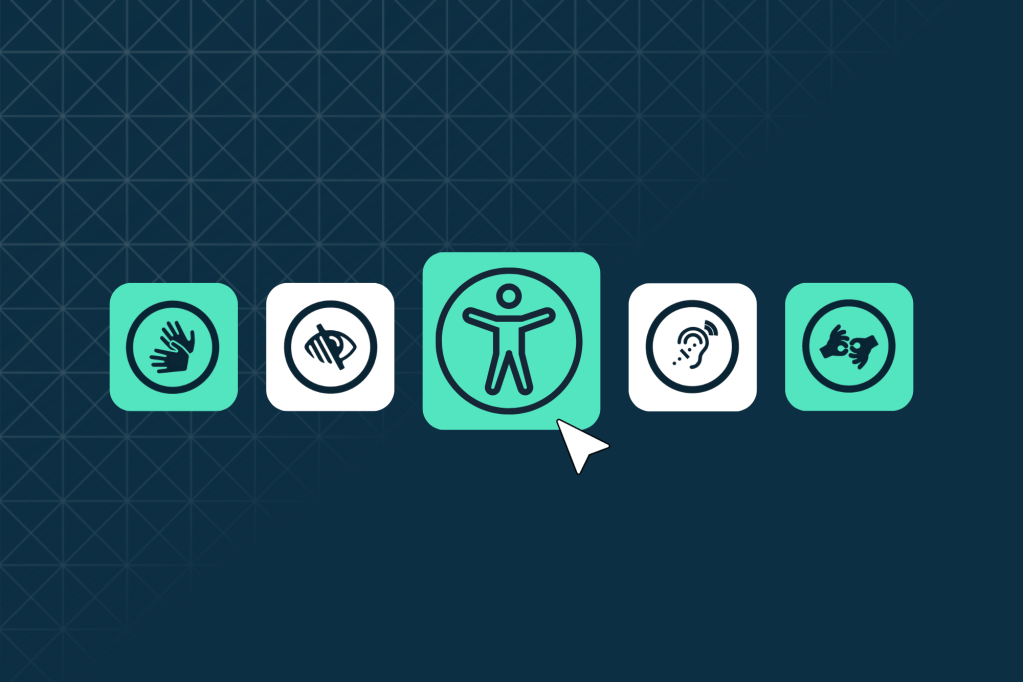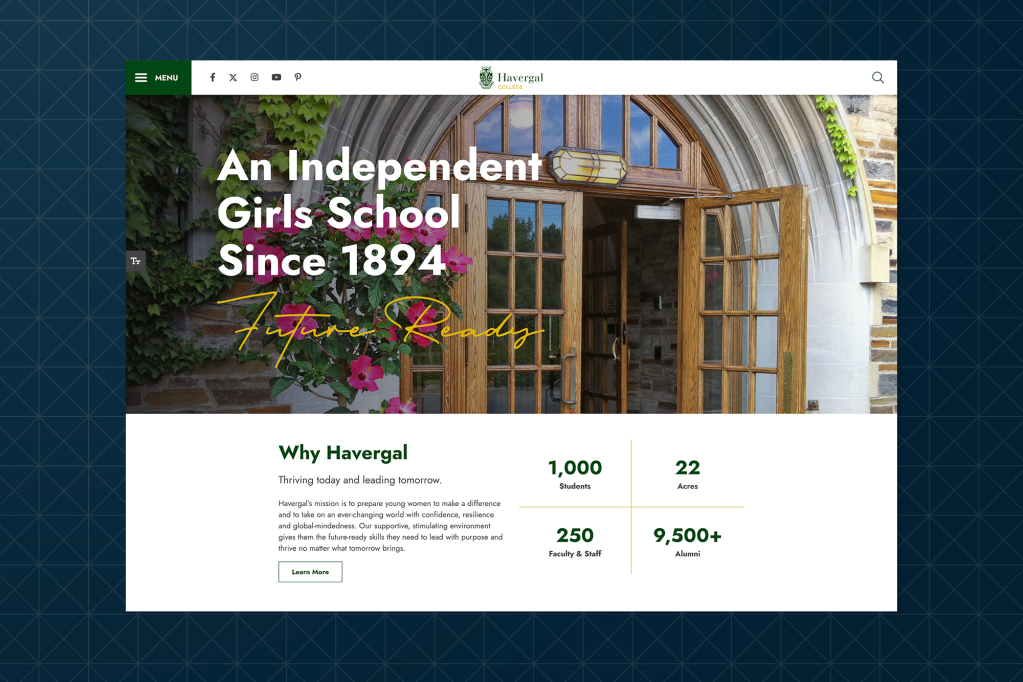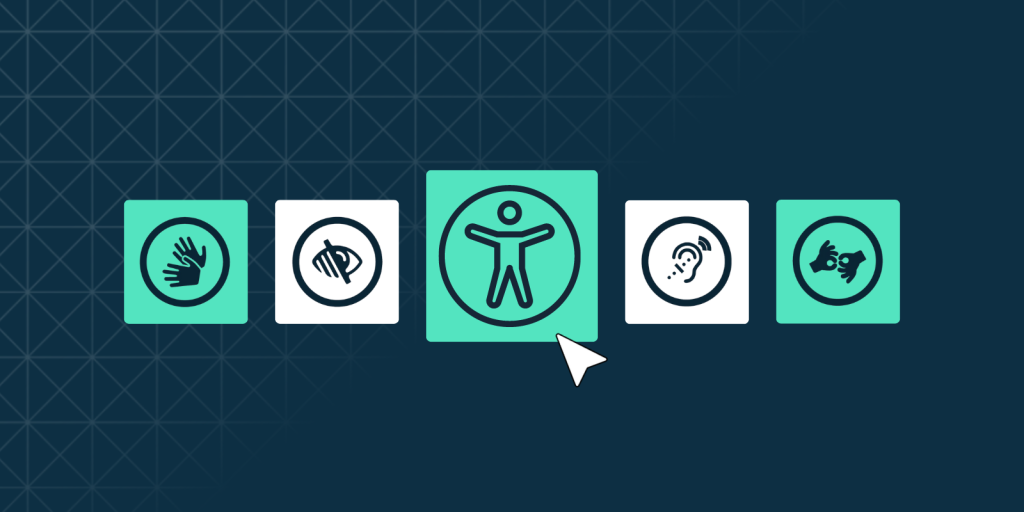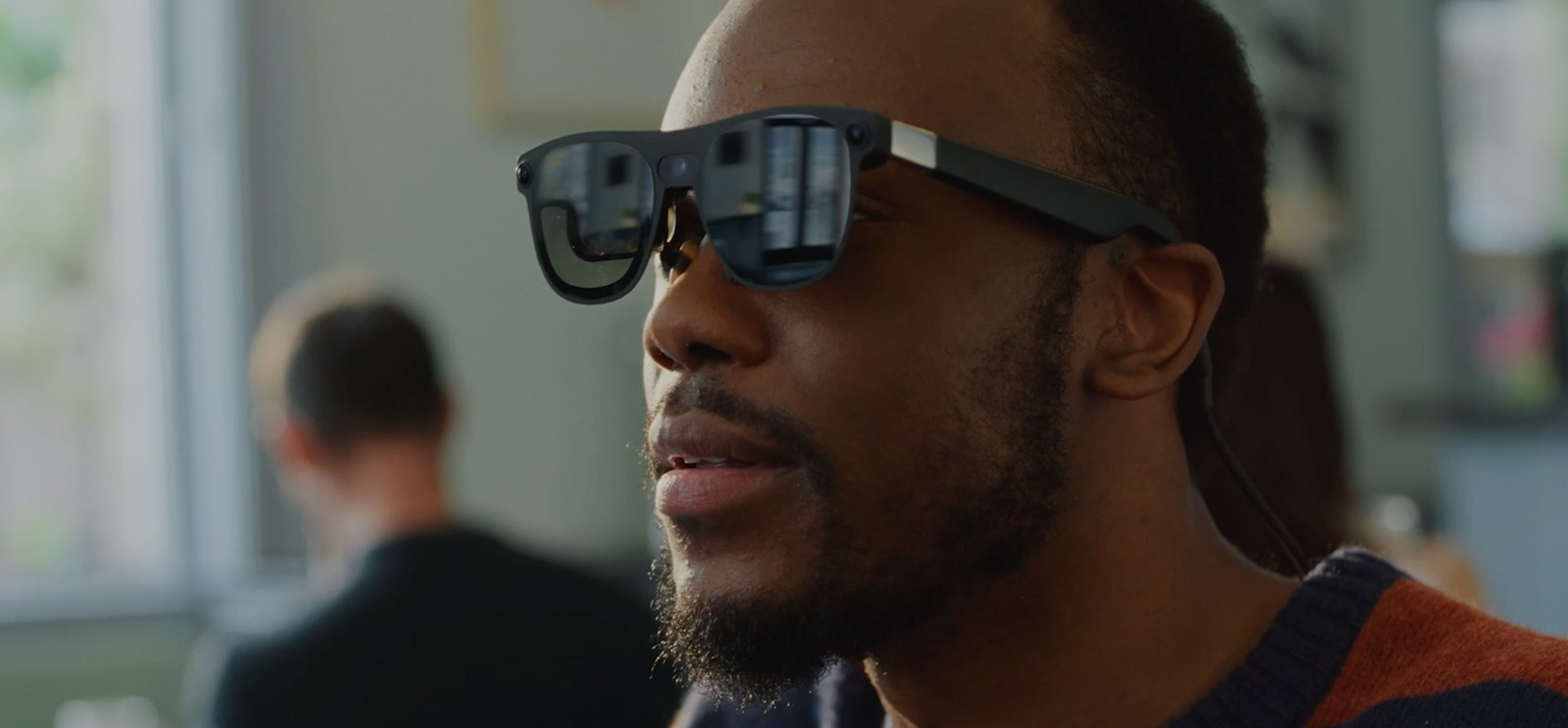Web accessibility is often misunderstood, and numerous myths and misconceptions surround it. Join us in shedding light on these myths and providing evidence and data to debunk them.

1. Myth: “Web Accessibility is Only for Blind Users”
– While accessibility greatly benefits blind users, it extends to various disabilities.
– According to the World Health Organization, over 15% of the world’s population experiences some form of disability, including visual, motor, hearing, and cognitive impairments.
2. Myth: “Accessibility Hampers Creativity in Design”
– The fact is that successful accessibility can enhance aesthetic beauty and innovation.
– Inclusive design principles emphasize creativity and user-centered design, resulting in better user experiences.
3. Myth: “Accessible Websites Are Ugly and Boring”
– Accessible design can be aesthetically pleasing and artistically rich. Accessible design and captivating aesthetics can go hand in hand. The key is to strike a balance between visual appeal and inclusive user experience.
– Many award-winning websites showcase the beauty of accessible design. Examples of aesthetically pleasing and accessible websites include GOV.UK, Microsoft’s Inclusive Design website, National Public Radio (NPR), BBC, and Buffer.
– Get inspired!
4. Myth: “Accessibility is Too Expensive”
– While designing for web accessibility may require additional resources upfront, it can save you time and money in the long run. Making your website accessible from the beginning reduces the need for costly retroactive changes and potential legal issues. It also expands your target audience, leading to increased user engagement and business opportunities.
– Research by Deque Systems found that accessibility-related legal settlements can be avoided by investing in accessibility, saving organizations significant amounts.
5. Myth: “You Can’t Make an Existing Website Accessible”
– Existing websites can be retrofitted for accessibility.
– The W3C’s Web Accessibility Initiative (WAI) provides comprehensive guidelines and resources for retrofitting websites for accessibility. For more information, visit https://www.w3.org.

6. Myth: “Accessibility is Only About Compliance”
– Accessibility is about improving user experiences and inclusivity.
– Research by Accenture, in partnership with Disability:IN and the American Association of People with Disabilities, found that companies focused on accessibility often outperform their peers in various financial measures, emphasizing the business benefits beyond compliance.
7. Myth: “Accessibility is a One-Time Effort”
– Accessibility requires ongoing efforts and regular testing.
– WebAIM’s analysis of one million homepages found that the prevalence of accessibility errors decreased for sites actively addressing accessibility.
Web accessibility is not just a legal requirement; it’s a moral imperative that benefits everyone. We aim to inspire a more inclusive web design mindset by debunking these common myths.
Whether you require a web accessibility audit or want to embark on a new project with accessibility in mind, our experts are here to assist you in creating a web experience that genuinely includes everyone. Contact us today.


